Thierry Mugler’s Art of Fashion: Avant-Garde and Iconic
Thierry Mugler’s art redefined the boundaries of fashion, blending creativity, drama, and innovation. His bold silhouettes and futuristic...
Errika Gerakiti 30 December 2024
Frida Kahlo is one of those women who are instantly recognizable. Even though she lived in the first half of the 20th century, she still evokes a mystique and an aesthetic all her own. If art is a form of self-expression, so is fashion. And Frida Kahlo, the artist, was adept at transitioning her innermost self seamlessly into her fashion choices.

Frida Kahlo was quite a character. She was born in 1907 to a German-Hungarian father and a Spanish-Tehuana mother. Her life was full of thought-provoking, interesting, fascinating dualities. She was both feminine and revolutionary. Leftist and traditional. Muse and tormentor. At times a betrayed lover, while at other times a betrayer herself.
There are two things that most people know about Kahlo. Firstly, at just 18 years old, she was involved in a very painful accident in which the bus she rode hit a streetcar. This incident marked her for the rest of her life. Secondly, she had a passionate relationship with artist Diego Rivera. Kahlo herself had something to say of both.
There have been two great accidents in my life. One was the trolley and the other was Diego. Diego was by far the worst.
Frida Kahlo (attr.).
Kahlo had already met Rivera by the time of the accident. However, that moment signaled a turning point when both her art and her fashion style blossomed. She had already begun to experiment with fashion since childhood. When she was six polio left her with a limp and one longer leg, so her classmates made fun of her. What did Kahlo do? She began to wear longer skirts and layered socks on her right foot to maintain balance.
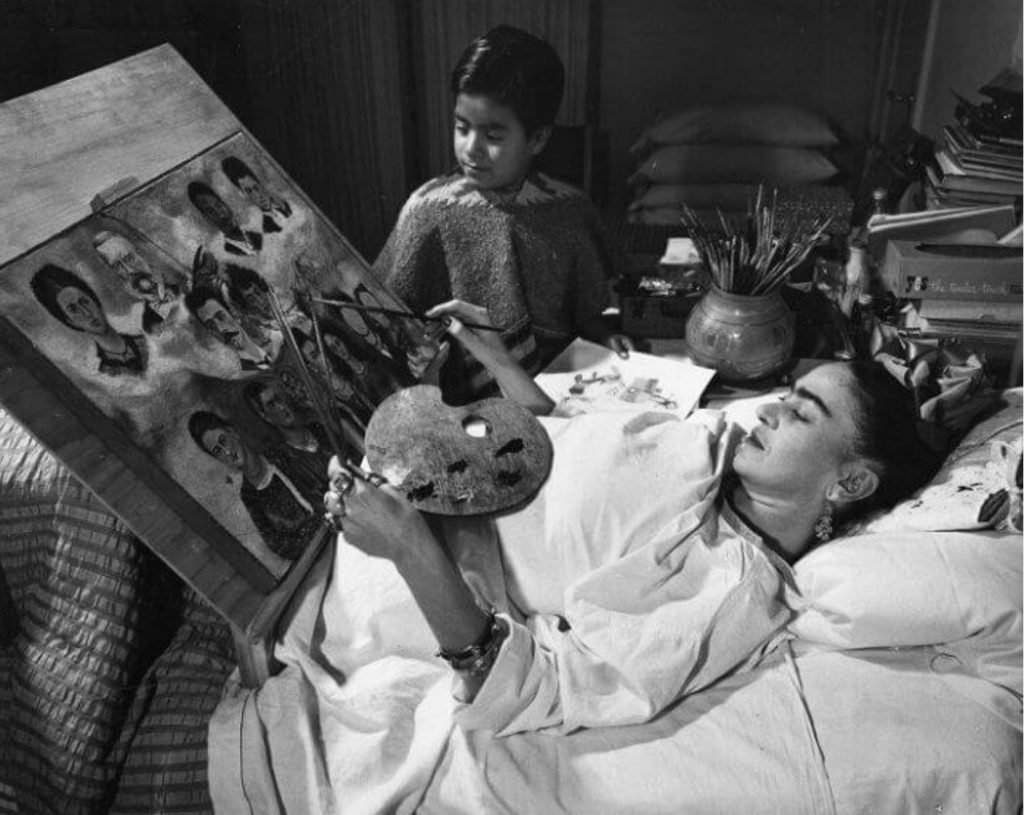


Later, when the accident caused such grave injuries to her spine and leg, she turned to art and beauty for healing. Fashion, then, became a practical way to conceal her disabilities. It was actually Rivera who suggested that she finds inspiration in the traditional aesthetic of Tehuana clothing. The long, wide skirts, loose-fitting blouses, elaborate hairstyles, and intricate embroidery could be used to her advantage. Through interesting elements and silhouettes, Kahlo could conceal casts and back braces, enhance her allure, and show her pride in her cross-cultural identity.
Kahlo embraced all of it and, by doing so, she passed on to us a legacy of strength and determination. Pain, sorrow, and disappointment may always follow us, but that doesn’t mean that we have to let them take all the room.
Feet, what do I need you for, when I have wings to fly?
Frida Kahlo (attr.).
So, are ready to channel your inner Frida Kahlo? Here’s some inspiration to get you started:
Kahlo’s wardrobe is a very personal mix of traditional, practical, feminine, and eclectic influences, and she rocked them all with confidence! What are some of the elements that made her wardrobe so unique?
Kahlo and bright colors are synonymous. Early in her diary, she writes:
I’ll try out the pencils
sharpened to the point of infinity
which always sees ahead…Frida Kahlo, The Diary of Frida Kahlo: An Intimate Self-Portrait.
And then she went on to write short snippets about the meanings of the colors in her pencil box.



Kahlo’s use of color in her art was symbolic of what colors meant to her. In her fashion, her aesthetic derived from the traditional Mexican styles she favored.



Here are some pieces that could help you replicate this colorful look in different styles. For a traditional feel, these clothes would do the trick:






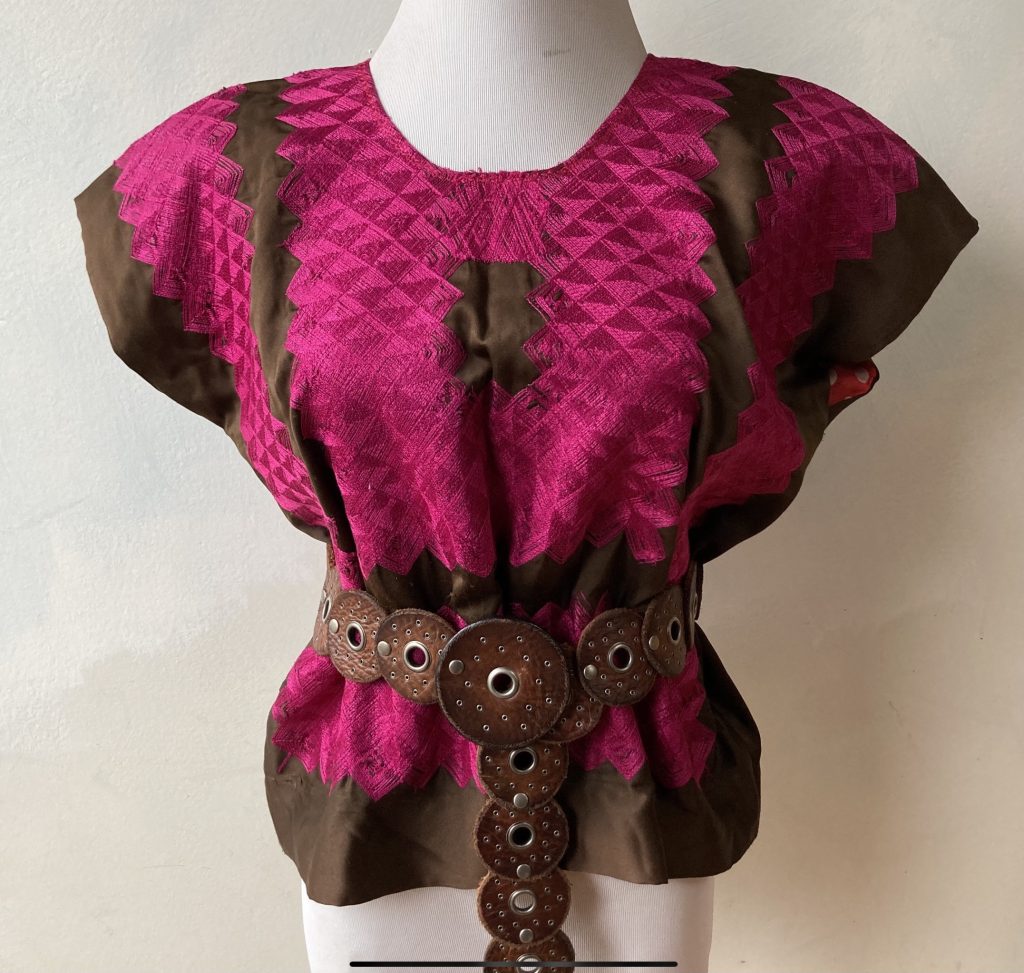


For a more contemporary vibe, these styles apply the same concepts of vibrant color, blousy fit, and yoke construction:






Here is a different approach to achieving Frida Kahlo’s colorful look:



Color-blocking, as a trend, has seen a resurgence in recent years. Here are a couple of Frida Kahlo-inspired color-blocked pieces:



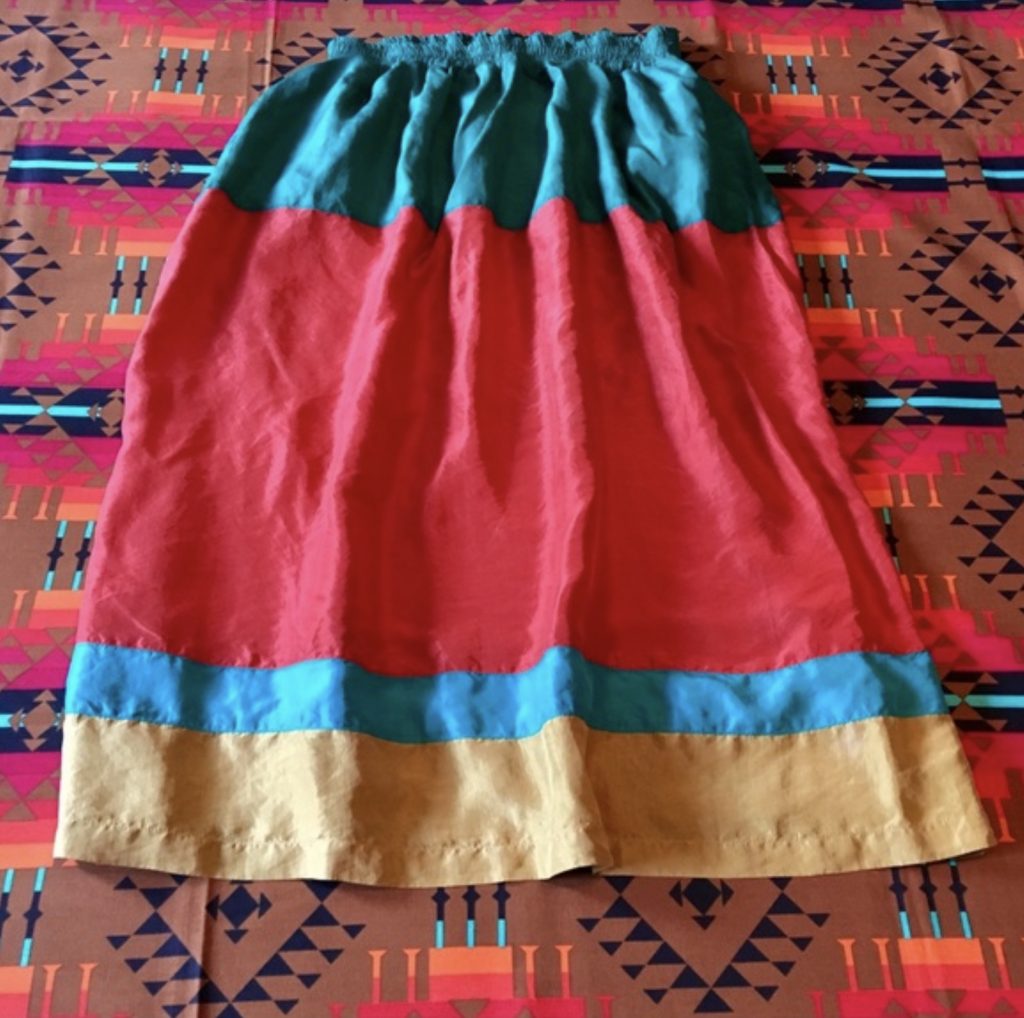





Texture is an important element in Kahlo’s work. In Self-Portrait with Monkey, she not only depicts her own outfit in all its tactile details, but she also renders the monkey’s fur, the feel of her hair and the ribbon, and even the veins in the leaves behind her. She shows this same level of detail consistently throughout her oeuvre.
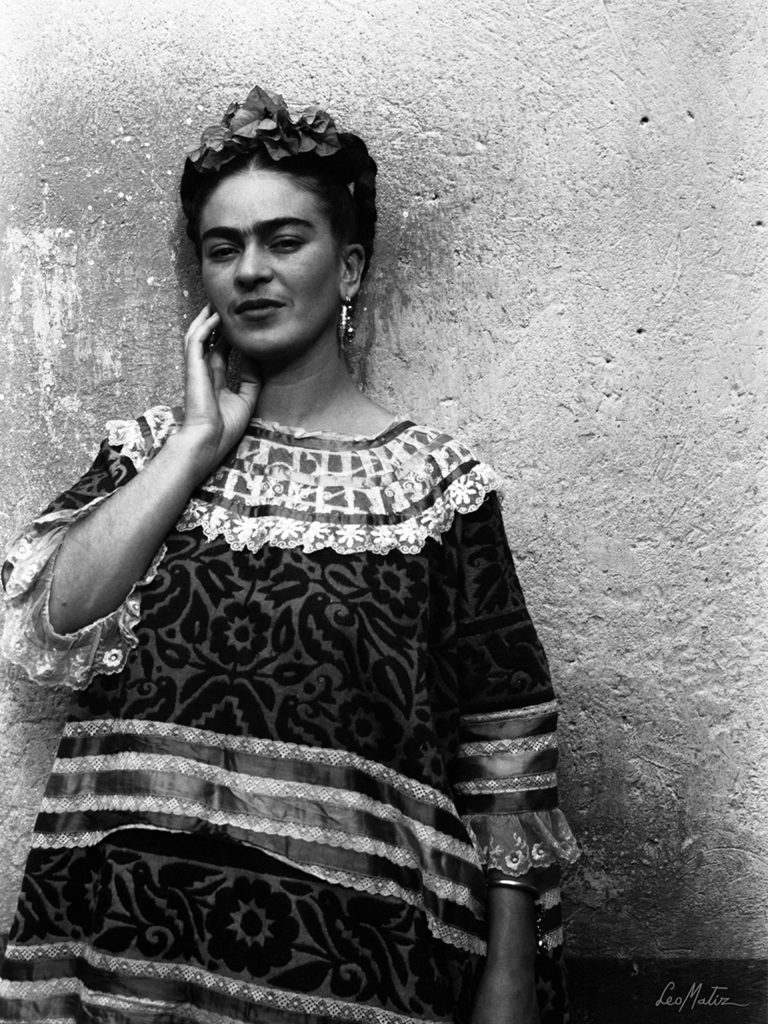


The huipil blouses that Kahlo favored also rely on heavy textural and embroidered elements that create a feminine look, within the blousy silhouette. The word “huipil” comes from the Nahuatl tongue, and it means “blouse” or “shift”. Here are some pieces inspired by this aesthetic:









Frida Kahlo took advantage of the full, maxi skirt to conceal her limp and, later, a full-leg prosthetic. Her decorated boots are one example of her creativity and how she viewed art as more than just painting but as self-expression.
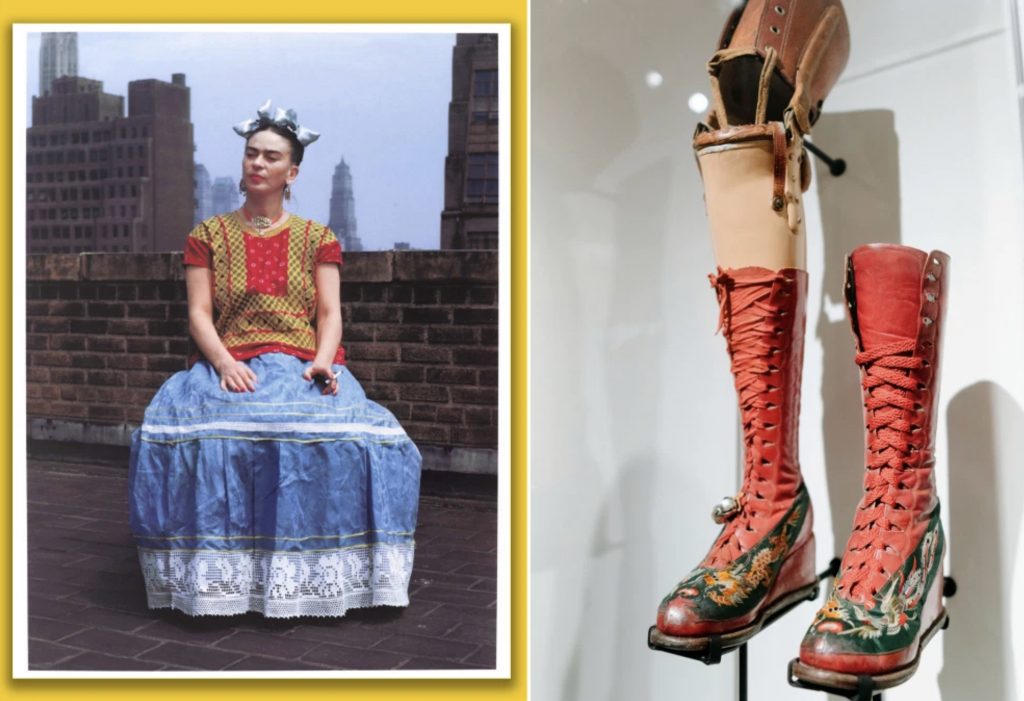


Here are ways to be inspired by this look, both traditional and more modern:
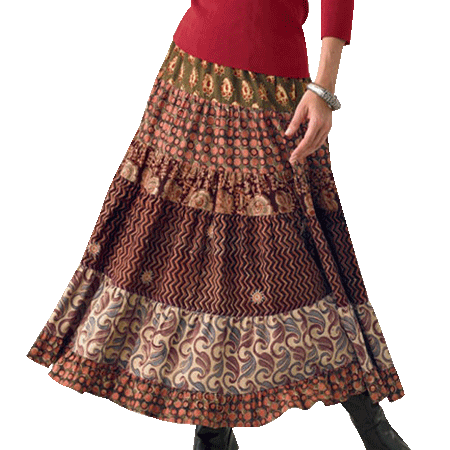

















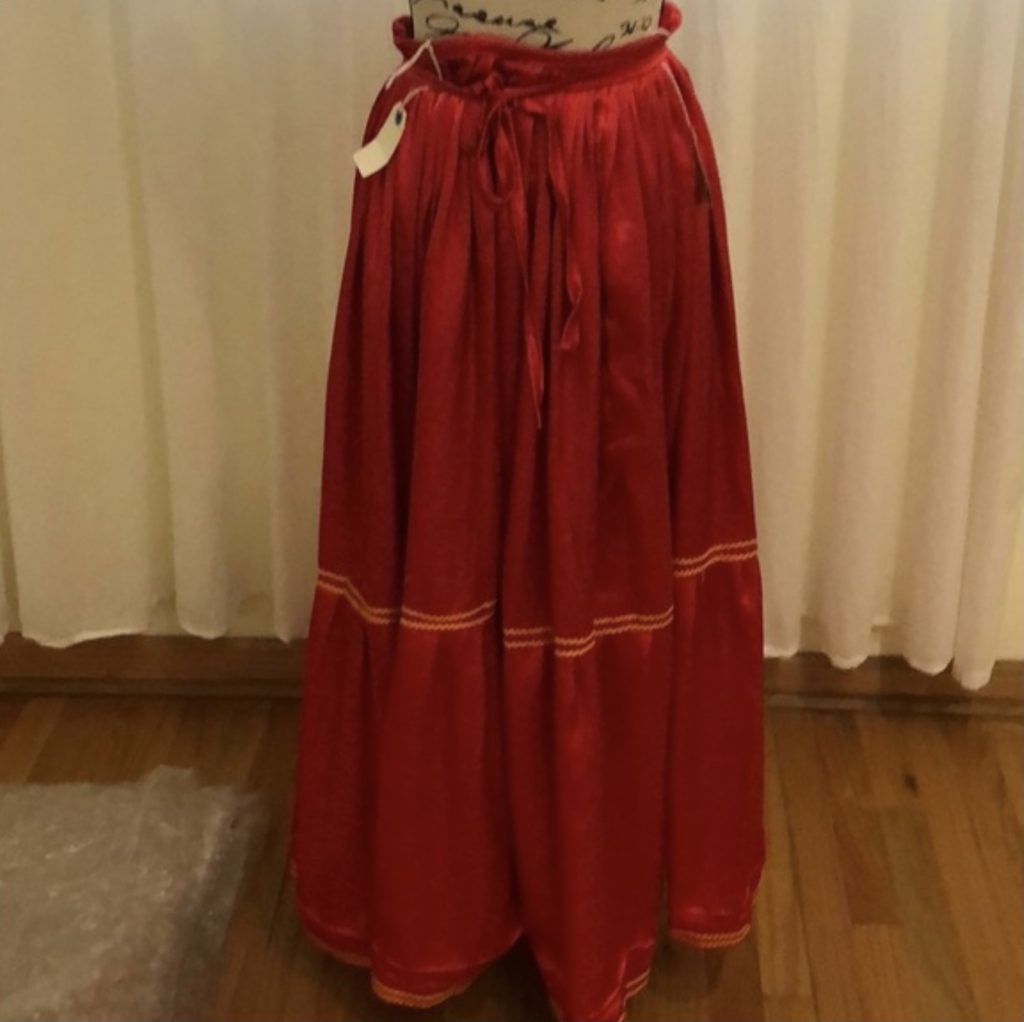


Choosing shoes must have been difficult for Frida Kahlo since they had to accommodate her extra layers of socks. Then, towards the end of her life when her right leg was amputated, she refused to wear the standard-issue prosthetic leg the hospital gave her. Instead, she got a custom-made one that was fitted to a red, embroidered boot. If she had to wear a prosthetic, why not wear a beautiful one?
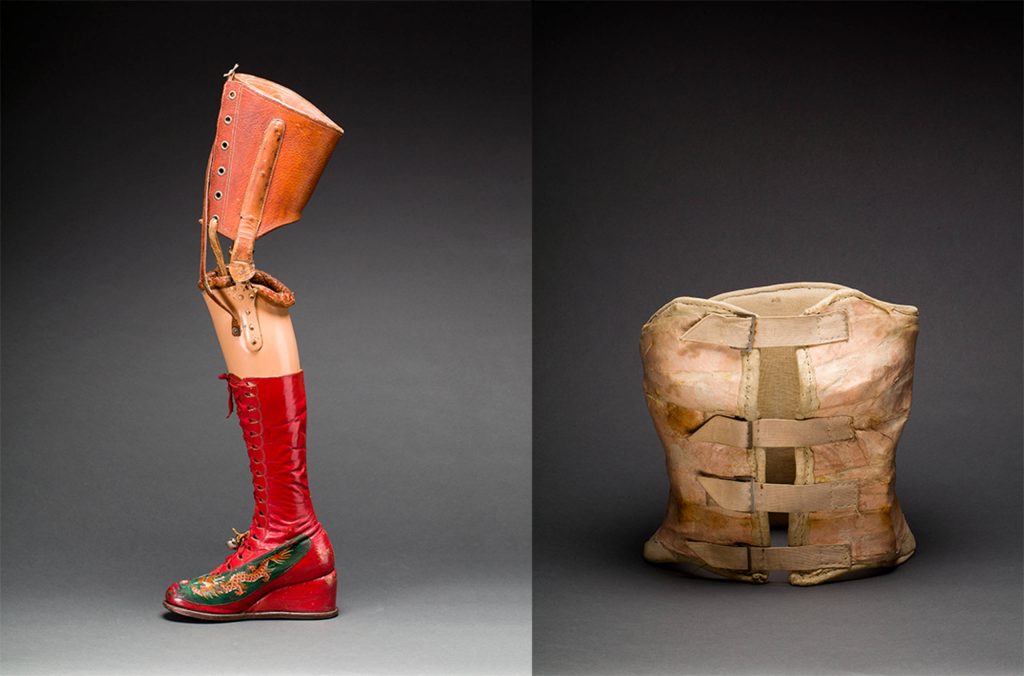


Vans has a whole collection inspired by Frida Kahlo, to help you combine comfort with Frida’s style:



These Mexican huaraches, sandals, combine comfort with the cuteness factor:



Would you consider painting your own design onto these red rubber boots?






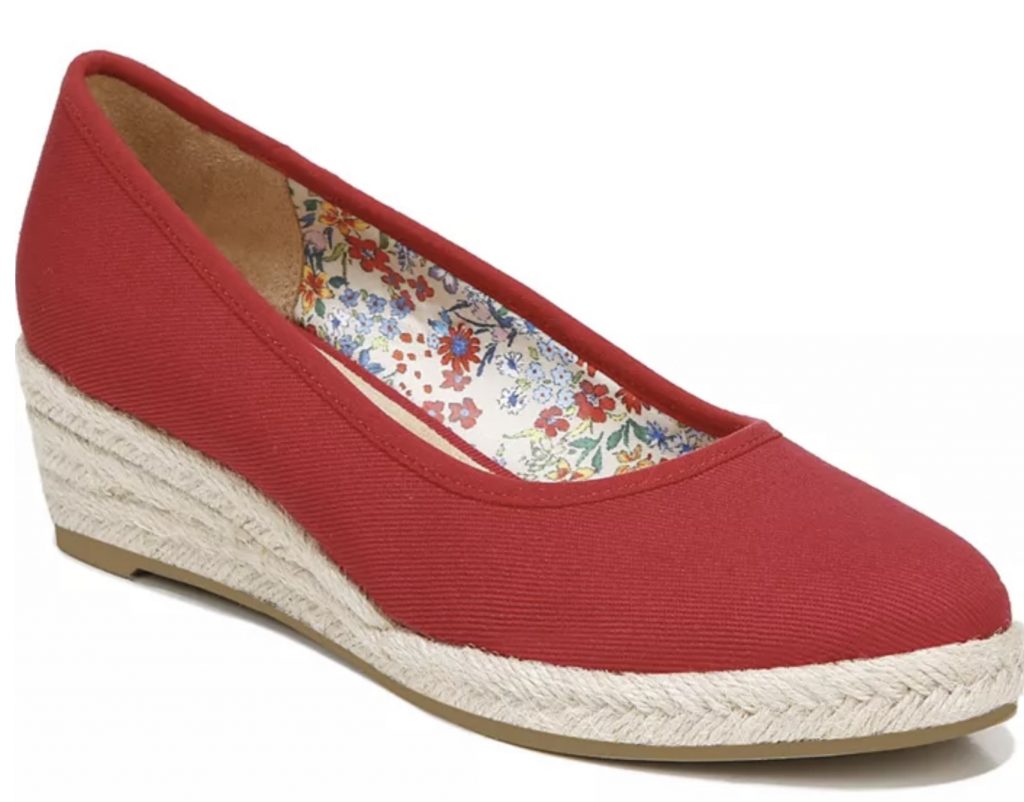





I paint flowers so they will not die.
Frida Kahlo (attr.).



One element running throughout Frida’s work is nature. She consistently included flowers, greenery, leaves, birds, and other animals in her paintings. After her divorce from Diego Rivera in 1939, she moved back to her childhood home, La Casa Azul. When they later reconciled, Rivera moved in, and together they created a space that reflected their personal tastes. There, they could be surrounded by objects that inspired them both, such as native plant life and pre-Hispanic art.



In most of her portraits, Kahlo chose to pose wearing flowers in a nod to her past, but also to her present, as many of them came from her own garden. Flowers are an excellent way to uplift an outfit in a fresh, economical way. But, if you do not have a garden available, here are other sources to help you channel the look, both daring and a bit more subtle:









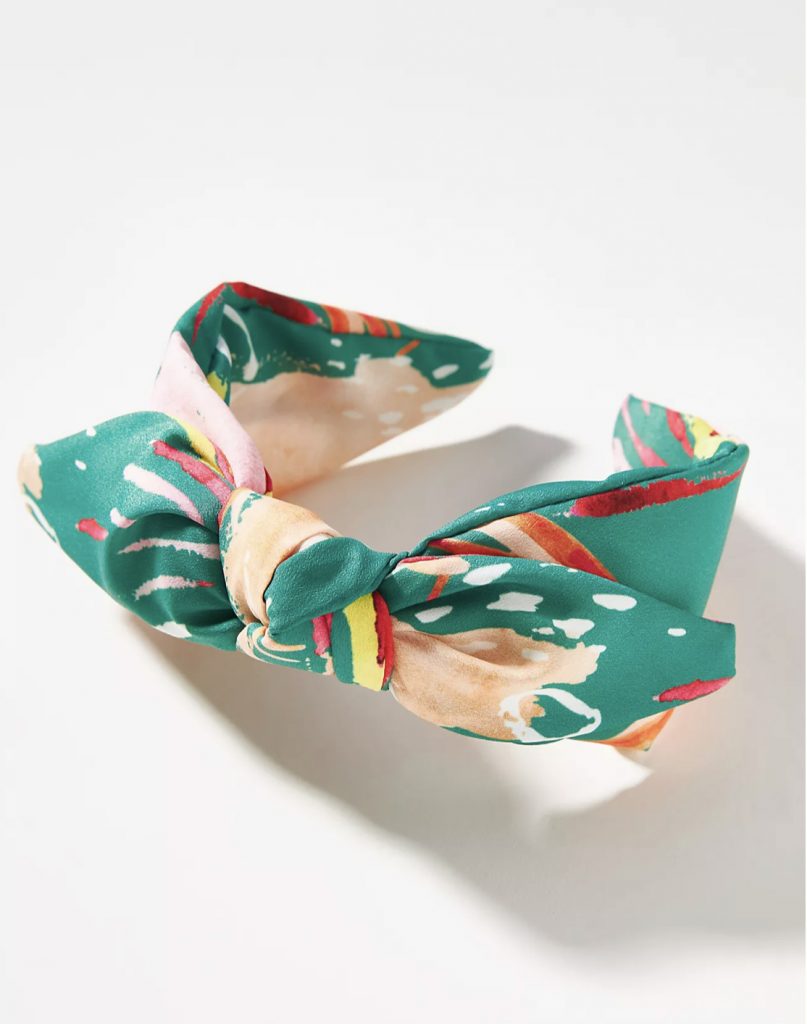





At the end of the day, we can endure much more than we think we can.
Frida Kahlo (attr.).
Throughout her life, Kahlo showed intense resilience and a willingness to take both the good and bad as part and parcel of what being alive is all about. As she stepped into all experiences while showing her best self, she created for us a portrait of what it is like to be human, and why that matters. Her art and, ultimately, her life, are a testament to what happens when you take pain and turn it into something beautiful.
DailyArt Magazine needs your support. Every contribution, however big or small, is very valuable for our future. Thanks to it, we will be able to sustain and grow the Magazine. Thank you for your help!